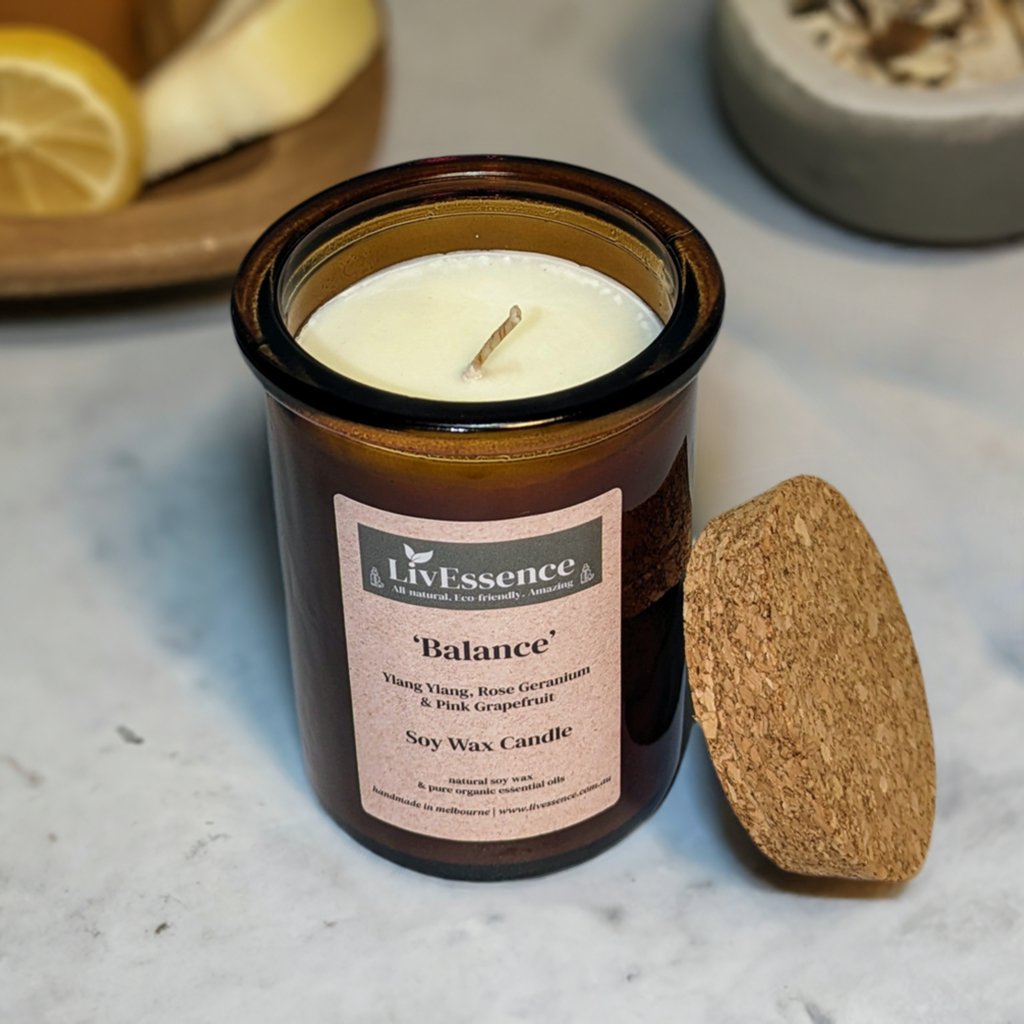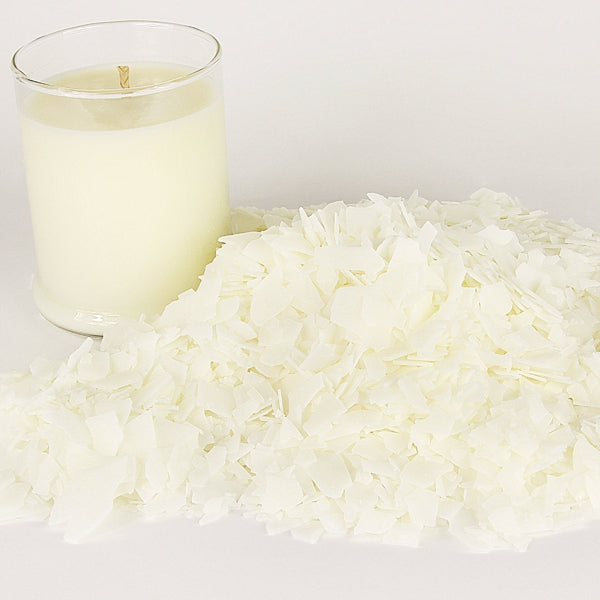Transform Your Home with Eco-Friendly Soy Candles and Home Fragrance
From Wick to Wax: Understanding the Chemistry Behind Soy Wax Candles and Their Environmental Impact
As we brighten our areas with the warm glow of candle lights, there lies a world of detailed chemistry behind the relatively straightforward act of lighting a soy wax candle light. The selection in between soy and paraffin wax prolongs beyond simple aesthetic appeals, diving into the realm of environmental impact and the extremely structure of the products. Recognizing the molecular structure of soy wax and its combustion procedure clarifies the discharges launched right into our surroundings. Join us as we unwind the clinical complexities behind soy wax candle lights and explore their ramifications on our setting.
Soy Wax Vs. Paraffin Wax
When contrasting soy wax and paraffin wax for candle light production, it is vital to comprehend the distinctive characteristics and advantages of each product. Soy wax is an all-natural, renewable energy originated from soybean oil, making it naturally degradable and green - soy wax candles. On the other hand, paraffin wax is a by-product of oil refining, which elevates problems about its environmental impact and sustainability
Soy wax candle lights melt cleaner and emit less residue contrasted to paraffin wax candle lights, making them a healthier option for indoor air top quality. Additionally, soy wax has a lower melting point, allowing for a longer-lasting candle light that spreads scent better. Paraffin wax, on the various other hand, has a tendency to shed faster and less easily, possibly releasing dangerous chemicals right into the air.
From a sustainability perspective, soy wax is preferred for its biodegradability and sustainable sourcing, lining up with the expanding customer choice for eco mindful items. While paraffin wax has actually been a standard option in candle making as a result of its price and simplicity of use, the shift in the direction of environmentally friendly choices like soy wax is getting momentum in the sector.
Chemical Structure of Soy Wax

Burning Process in Soy Candles
The chemical make-up of soy wax straight affects the combustion process in soy candles, affecting factors such as melt time, fragrance launch, and ecological impact. When a soy candle light is lit, the heat from the fire melts the wax near the wick.
The combustion performance of soy candles is affected by the purity of the soy wax and the top quality of the wick. A clean-burning soy candle with an appropriately sized wick will lessen and produce a constant flame index residue formation. This not just prolongs the melt time of the candle yet also improves the launch of fragrances. In addition, soy wax candle lights have a lower environmental effect contrasted to paraffin candles because of their sustainable and naturally degradable nature.

Ecological Advantages of Soy Wax

Taken into consideration a sustainable option to traditional paraffin wax, soy wax uses notable ecological advantages that make it a preferred option among eco-conscious customers. Soy wax burns cleaner and generates less residue than paraffin wax, contributing to far better indoor air high quality and lowering the need for cleaning and upkeep. Overall, the environmental benefits of soy wax align with the expanding need for sustainable and environmentally friendly products in the market.
Recycling and Disposal Considerations
Recycling and proper disposal of soy wax candles play an important function in preserving environmental sustainability and lowering waste in neighborhoods and families. When it comes to reusing soy wax candle lights, the first step is to ensure that the candle has actually melted totally.

In regards to disposal, if recycling is not an alternative, soy wax candle lights are naturally degradable and can be safely gotten rid of in many home waste systems. However, it is always advised to contact local reusing centers or waste administration services for details guidelines on candle disposal to make certain correct handling and environmental management.
Verdict
In verdict, the chemistry behind soy wax candles reveals their environmental benefits over paraffin wax candles. Soy wax, acquired from soybean oil, burns cleaner and creates much less soot when contrasted to paraffin wax.
When contrasting soy wax and paraffin wax for candle production, it is important to recognize the distinctive qualities and benefits of each product (home fragrance).Soy wax candles melt cleaner and discharge much less soot compared to paraffin wax candles, making them a much healthier option for interior air high quality.Taken into consideration a lasting alternative to typical paraffin wax, soy wax uses notable environmental benefits that make it a popular choice among eco-conscious consumers. Soy wax burns cleaner and creates much less residue than paraffin wax, adding to far better interior air top quality and reducing the need for cleaning and maintenance.In final thought, the chemistry behind soy wax candle lights exposes their ecological benefits over paraffin wax candle lights